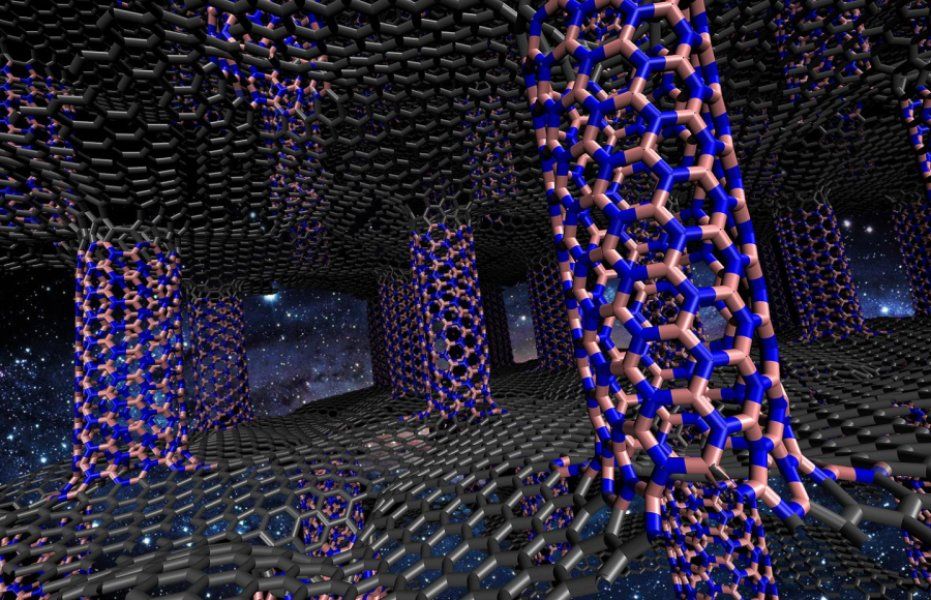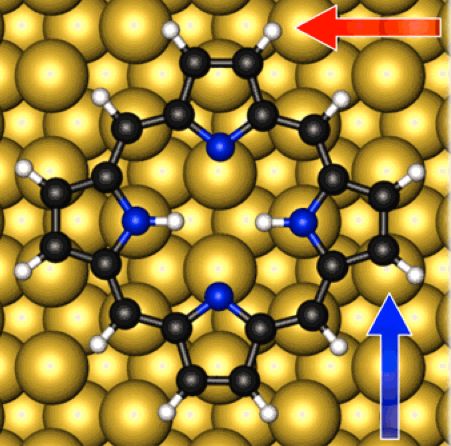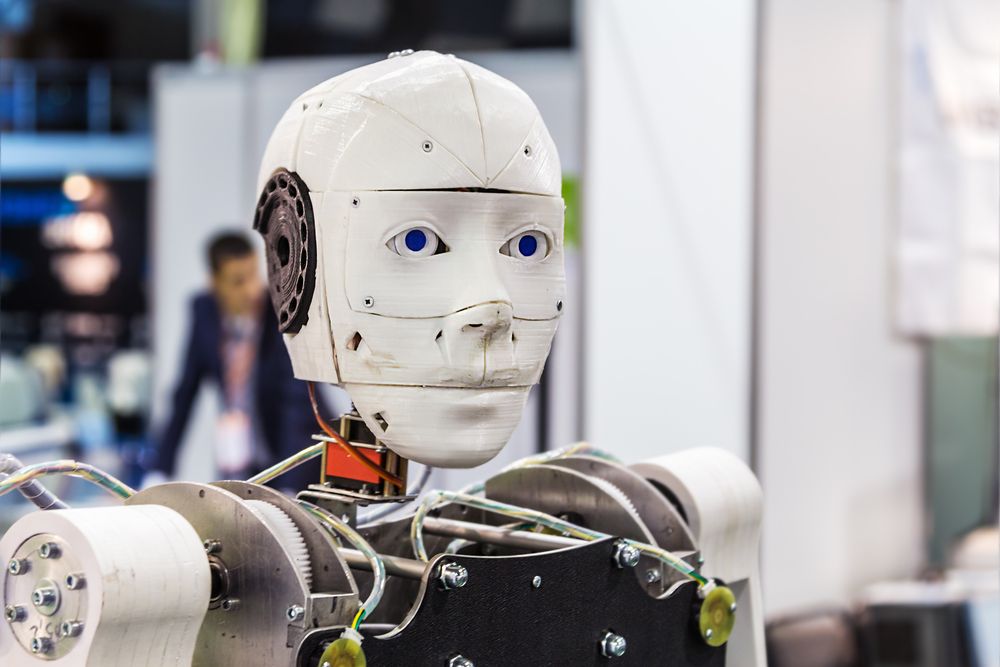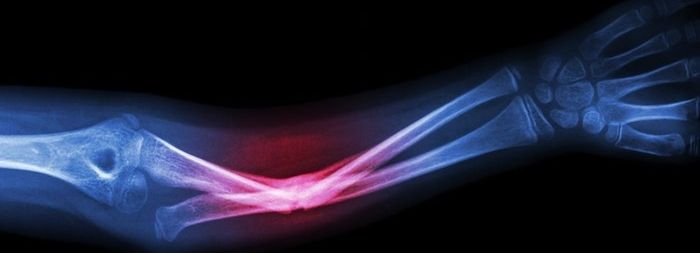I must admit some of the information in this article is making me scratch my head a lttle. However, I do believe that many of us who wish to remain relevant in the future (especially in industry and government) will find ourselves requiring a Brain Mind Interface (BMI) of some sort whether it’s an implant or nanobot; folks will find that they have to have one in order to work or function in society.
Transhumanists claim complete freedom to modify their bodies, but that absolutist stance could endanger future generations.







